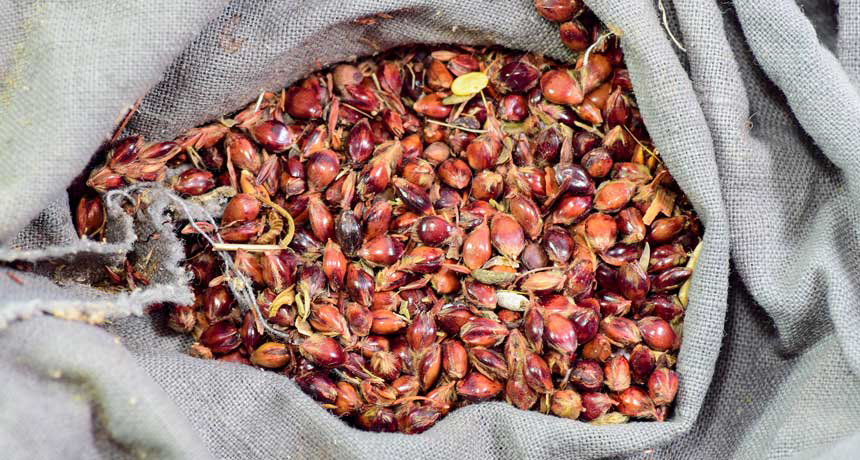Questions for ‘Get ready to eat differently in a warmer world’

With climate change, people may have to depend on grains such as the sorghum (shown here) that are not now commonly found on our plates.
Leonid Eremeychuk/iStock/Getty Images Plus
Come explore with us!

With climate change, people may have to depend on grains such as the sorghum (shown here) that are not now commonly found on our plates.
Leonid Eremeychuk/iStock/Getty Images Plus
To accompany feature “Get ready to eat differently in a warmer world”
1. With temperatures warming around the globe, what are three changes you anticipate this can have on agriculture (farming)?
2. Having enough food to eat is a basic human right. How might having too little food or unreliable access to food impact the behaviors of people?
1. What happened to wheat growers in the summer of 2016? How did this impact their harvests?
2. How did heavy rains that year affect soil nutrients, according to the story?
3. Why did Senthold Asseng use a computer model to assess the threat of warming temperatures to crop yields?
4. Based on that model, for each 1 degree Celsius increase in global temperatures, how much were yields of corn, wheat and rice predicted to change?
5. By what means did Asseng test whether these predictions were likely to be true?
6. What is selenium, and why do food scientists and farmers care about it?
7. By what process would a warmer planet likely affect selenium levels in the soil and plants, based on this story?
8. Why don’t farmers want saltwater to flood their soils?
9. What does Lewis Ziska think that farmers and crop scientists can learn from the “weedy” cousins of cereal grains? What evidence does he give to support this idea?
10. According to the story, what is the difference between genetically modifying plants and creating hybrids?
1. After reading the story, rate the climate risks posed to farming by type and explain your reason for ranking them in that order. Do you find them all important, or some just nuisance issues? Explain your answer.
2. Read the sidebar to the main story: “Could climate change worsen global conflict?” The story mentions that concerns have arisen that conflicts may emerge when people don’t have enough food to eat. A simple solution to this might be to just have people buy another type of food if the kind they’re used to eating is unavailable. Is that possible for all people around the world? Consider not only where people get their food but also the fact that four main crop plants (white, rice, corn and soy) provide the majority of the calories people eat.
Register to access:
An error occurred. Please try again.
Already Registered? Enter your e-mail address above.